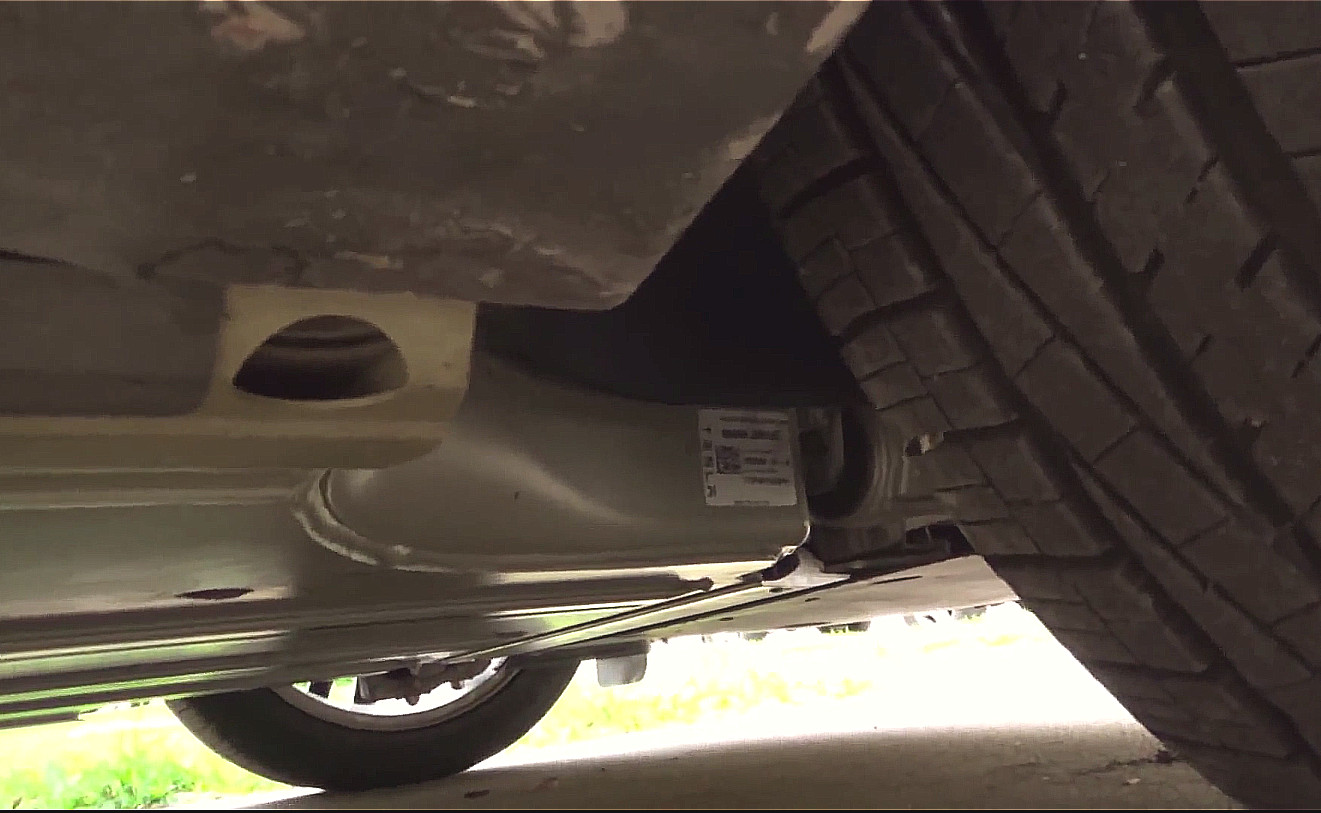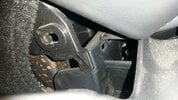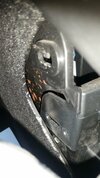Range showed as 72%, 310km, which extrapolates to 430km (267mi) at 100%. That's 9% degradation from 294mi. Assuming the range estimate is accurate... Battery is V1: what is the biggest drawback, lower supercharger speeds?
72% is high enough to get a roughly correct view of your battery's capacity.
I've never been able to 100% verify the early 90D range; I believe it is 288 and the "294" range is from the later refresh. I'll stand by my opinion that absolute range isn't really an important feature -- assume you'll want to fill up by the time you're in the bottom 20% and that you'll probably start at 90%, meaning you'll have 240-260km of useful range before you want to charge. There are situations where you'll drive to the limits but don't bank on that range.
For example, there's a place I like to go to where there's a supercharger 200 miles from my house; no problem I've got 274 miles of range, right? Well, turns out it gets cold, I like to drive 80 miles an hour, I like heat or air conditioning, etc. If I charge to 100% or nearly, I'm usually able to land there with 5-12% range left. So I look at the supercharger just prior to that one, and if I'm uncomfortable with making it all the way to that one, (maybe I left with 85% range instead of 100%) I'll just go to the next earlier supercharger and start charging at 25% instead of 5-12%. The point is, where I live, there are enough superchargers that I can get by easily with a little less range, so long as the supercharger still charges quickly.
Supercharging in your "new to you" car is likely to be reasonable and not capped. It won't be as good as the model 3/Y or newer S, but still "40% of range in 20 minutes", which is usually enough to do another 2 hours of driving to the next supercharger stop. Charging at a supercharger to get to 100% of range, or even 90% of range, however, is a 60-80 minute ordeal, so unless you really need the range just top up at home.
If you're planning on doing a lot of driving in northern alberta, you're not going to be happy with the car; the trip from Edmonton to Saskatoon looks like you'd have to drive all the way south to Calgary first to pickup the trans-canada, as an example. I'm sure Medicine Hat is nice, but you'd be looking at a 14 hour drive in a Tesla instead of a 5 hour drive in a stink juicer. (Or a 400 mile range S)





